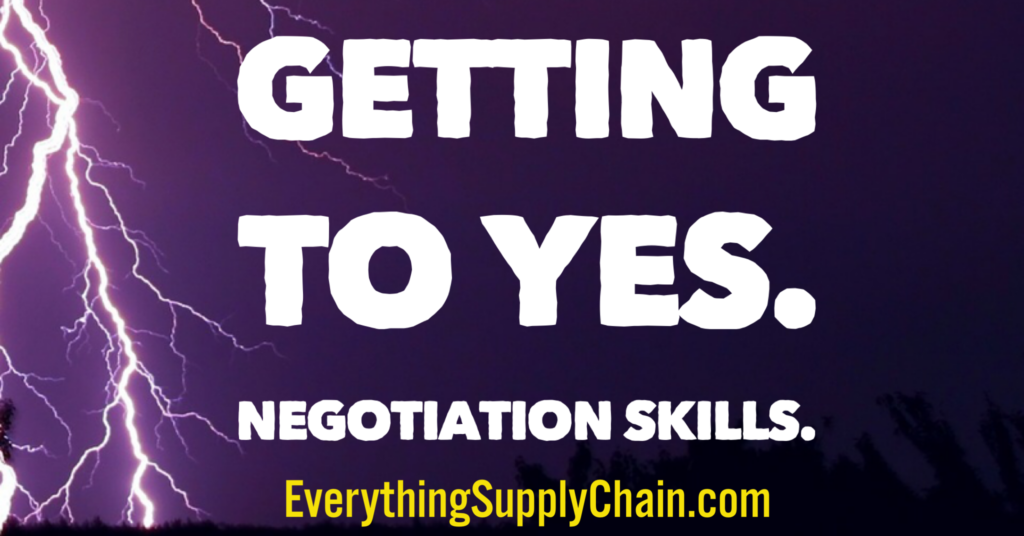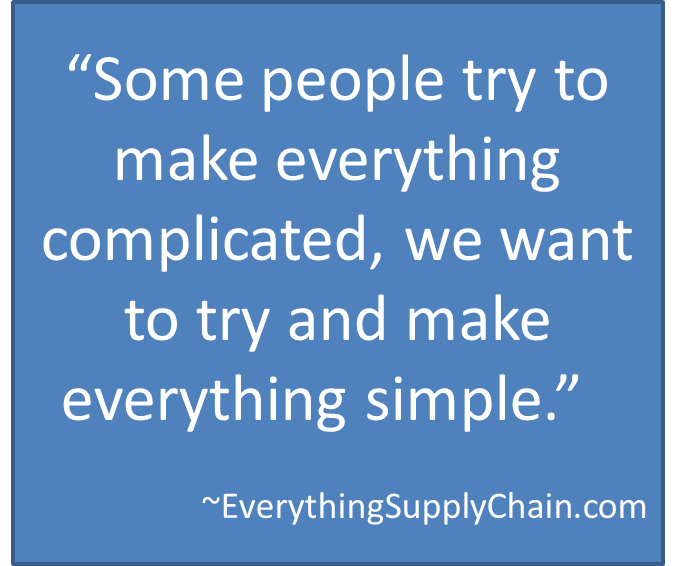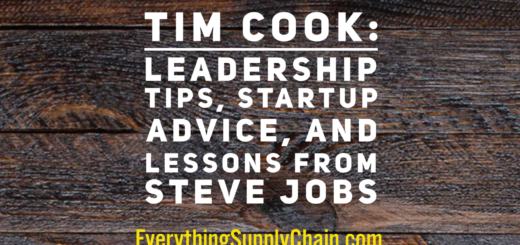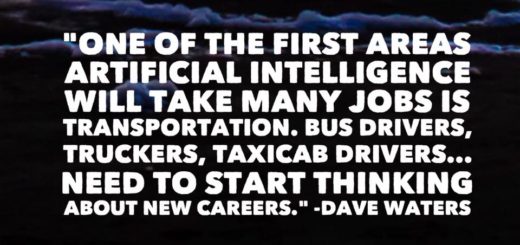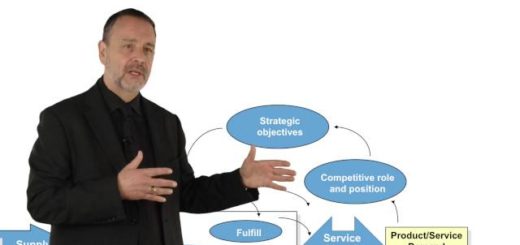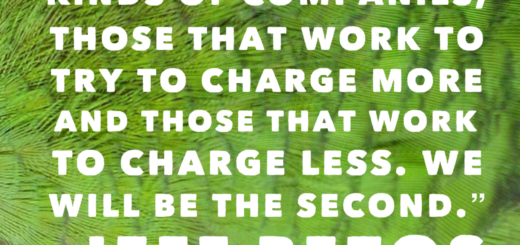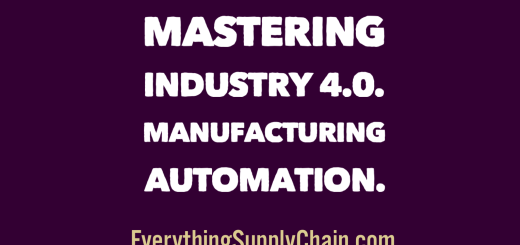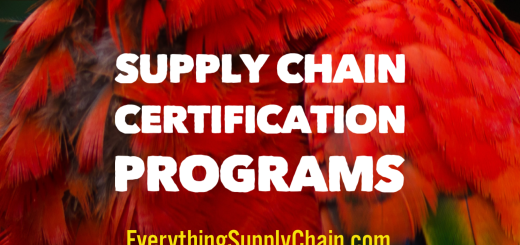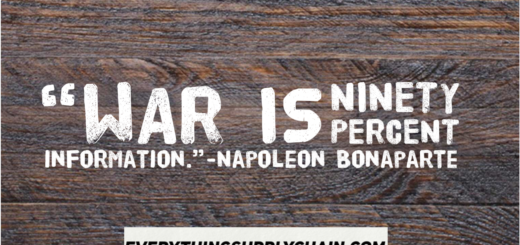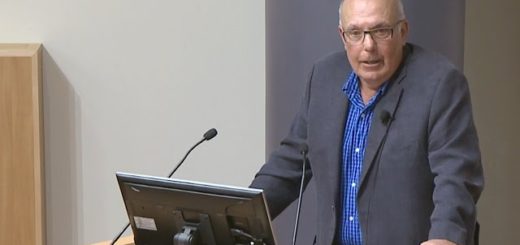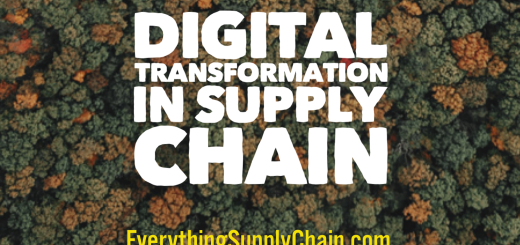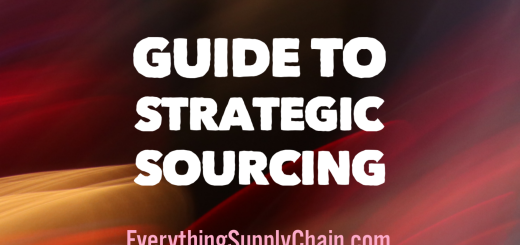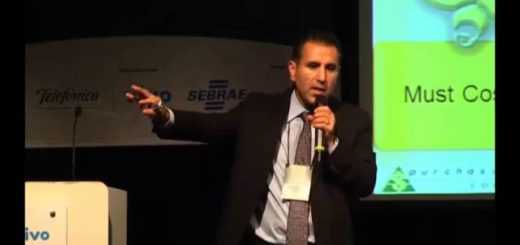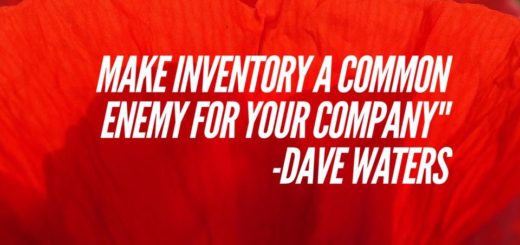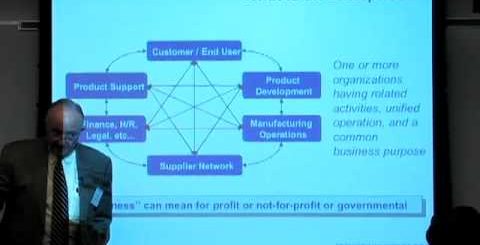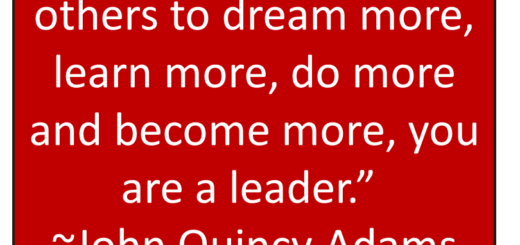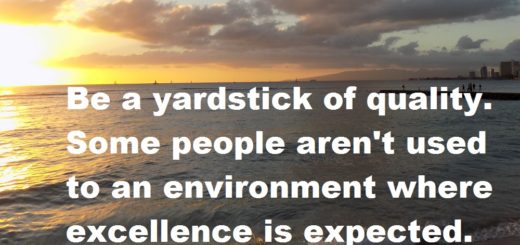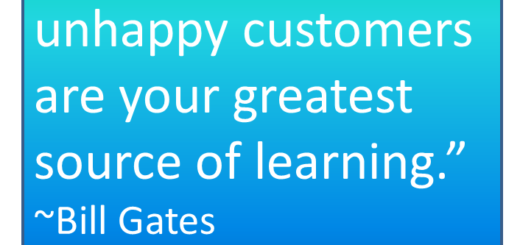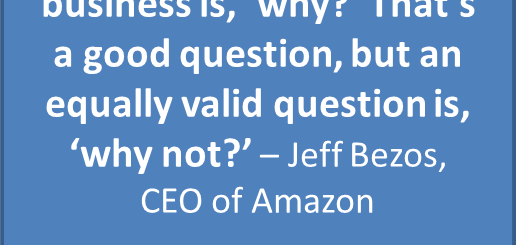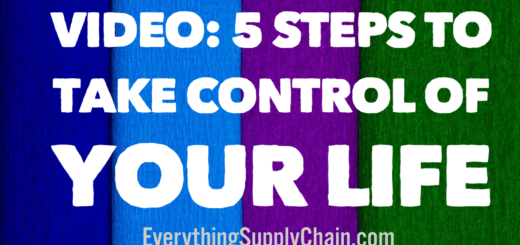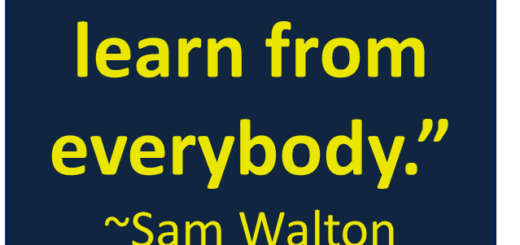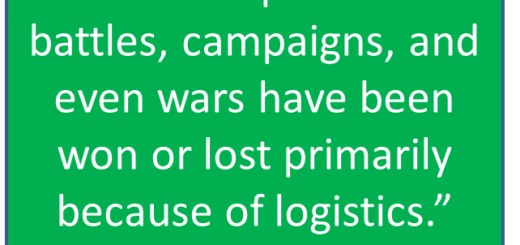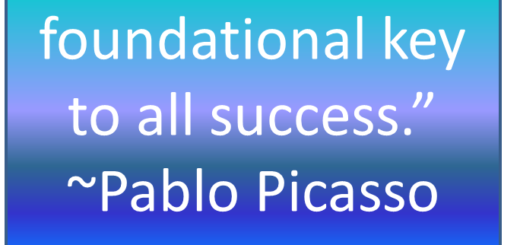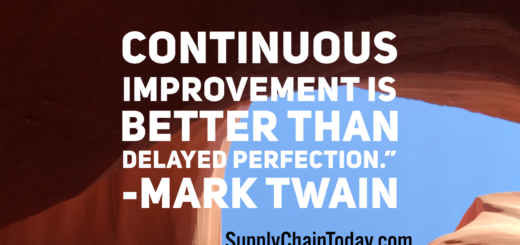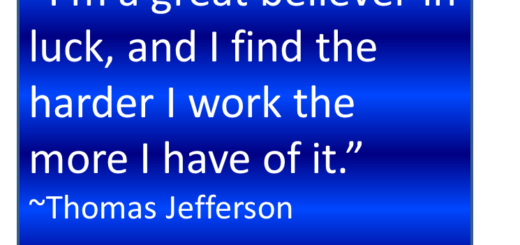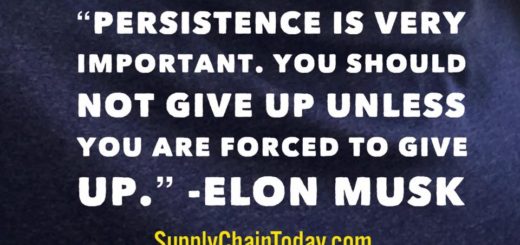Getting to Yes – Negotiation Skills
Getting to Yes – Negotiation Skills
“Getting to Yes: Negotiating Agreement Without Giving In” is a classic book on negotiation that has been widely influential since it was first published in 1981. The book is written by Roger Fisher, William Ury, and Bruce Patton, and it offers a practical approach to negotiation that focuses on finding mutually beneficial solutions rather than trying to win at the expense of the other party.
The book introduces the concept of “principled negotiation,” which involves four key elements:
- Separate the people from the problem: Try to understand the other party’s needs and concerns, rather than focusing on personalities or emotions.
- Focus on interests, not positions: Look for underlying interests and needs, rather than getting stuck on specific positions or demands.
- Generate a variety of options: Come up with multiple possible solutions, rather than just one.
- Insist on objective criteria: Use objective standards or data to evaluate the options, rather than relying on subjective arguments or power dynamics.
Throughout the book, the authors provide examples and case studies to illustrate these principles and offer tips and strategies for applying them in real-world negotiation situations. “Getting to Yes” is widely considered a must-read for anyone involved in negotiations, and its principles and techniques are still highly relevant today.
Getting to Yes is a book on negotiation written by Roger Fisher, William Ury, and Bruce Patton. It was first published in 1981 and has since become a classic in the field of negotiation.
The book presents a method of negotiation called principled negotiation, which is based on the following four principles:
- Separate the people from the problem: This means that you should focus on the issue at hand and avoid personal attacks or emotional appeals.
- Focus on interests, not positions: This means that you should try to understand the other party’s interests and needs, rather than just their stated positions.
- Invent options for mutual gain: This means that you should be creative and look for solutions that will benefit both parties.
- Inducements and good faith bargaining: This means that you should be willing to make concessions and compromise, but only in good faith.
Getting to Yes has been praised for its practical advice and its emphasis on cooperation and problem-solving. It has been used by negotiators in a wide range of settings, including business, law, and government.
Here are some of the key concepts of Getting to Yes:
- BATNA: This stands for “best alternative to a negotiated agreement.” It is the best deal that you can get if you don’t reach an agreement with the other party. Knowing your BATNA is essential for effective negotiation.
- The negotiation zone: This is the range of possible agreements that would be acceptable to both parties. The goal of negotiation is to find an agreement that falls within the negotiation zone.
- Logrolling: This is the process of trading concessions. For example, you might agree to give the other party something that they want in exchange for something that you want.
- Mirror imaging: This is the tendency to assume that the other party has the same interests and priorities as you do. It is important to avoid mirror imaging and to try to understand the other party’s perspective.
Getting to Yes is a valuable resource for anyone who wants to improve their negotiation skills. It provides practical advice that can be used in a wide range of settings.
Here are some tips for using the Getting to Yes method:
- Do your research: Before you start negotiating, it is important to do your research and understand the other party’s interests and needs.
- Be prepared to walk away: It is important to have a BATNA so that you are not afraid to walk away from a negotiation if you are not getting a fair deal.
- Be creative: Don’t be afraid to think outside the box and come up with creative solutions.
- Be patient: Negotiation can be a long and challenging process. It is important to be patient and persistent.
Getting to Yes is a powerful tool that can help you to negotiate more effectively. By following the principles and tips outlined in this book, you can improve your chances of reaching a mutually beneficial agreement.
Negotiation Training.
- B2B Purchasing Negotiation Five Strategies to Reduce Vendor Prices.
- Need Supplier Management and Procurement Training? Try these resources.
- Negotiation Skills Top 10 Tips. 11 minute video.
- Procurement supplier selection process (10 minute video).
- SCM Top Companies.
- Strategic Sourcing for Successful Supply Chain Management.
- Strategic Sourcing Plan (10 Minute video).
- Supplier Relationship Management Best Practices with David Wohler (6 minute video).
- Supplier Selection and Certification.
- Supply Chain and Strategy Key Concepts.
- Supply Chain Resources by Topic & Supplier.
- The Purchasing Process.
- Top 10 SAP Fiori Transactional Apps for Sourcing & Procurement.
- What is Supply Chain Management?
Negotiation Quotes:
- “You do not get what you want. You get what you negotiate.” ~Harvey Mackay
- “During a negotiation, it would be wise not to take anything personally. If you leave personalities out of it, you will be able to see opportunities more objectively.” ~ Brian Koslow
- “Know what you want to achieve prior to starting to negotiate. It’s the golden rule but the one most people fail to heed. Without a plan, you allow the opposing party to define your goals instead of the other way around.” ~ Ivanka Trump
- “Negotiations are worthless if neither party is willing to budge.” ~ Dave Waters
- “A negotiator should observe everything. You must be part Sherlock Holmes, part Sigmund Freud.” ~ Victor Kiam
- “If you are good enough to compete for a top-level corporate job, you should be smart enough to know what the job pays the other gender and negotiate accordingly. If you are an employer, and you don’t pay an employee market wages, regardless of gender or orientation, you will end up with what you deserve.” ~Mark Cuban
- “One of the best ways to persuade others is by listening to them.” ~ Dean Rusk
- “You have to persuade yourself that you absolutely don’t care what happens. If you don’t care, you’ve won. I absolutely promise you, in every serious negotiation, the man or woman who doesn’t care is going to win.” ~ Felix Dennis
- “Never cut what you can untie.” ~ Joseph Joubert
- “Supply Chain is like nature, it is all around us.” ~Dave Waters
- “The most difficult thing in any negotiation, almost, is making sure that you strip it of the emotion and deal with the facts.” ~ Howard Baker
